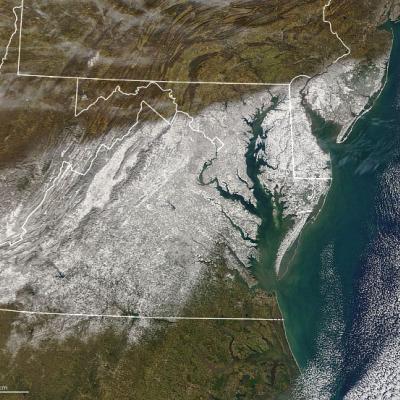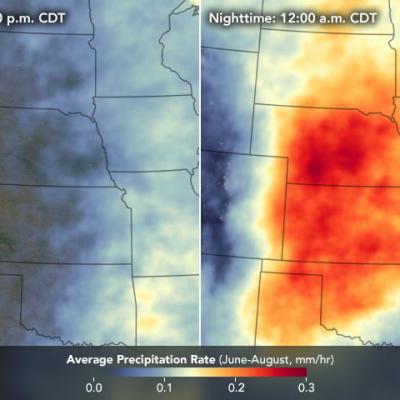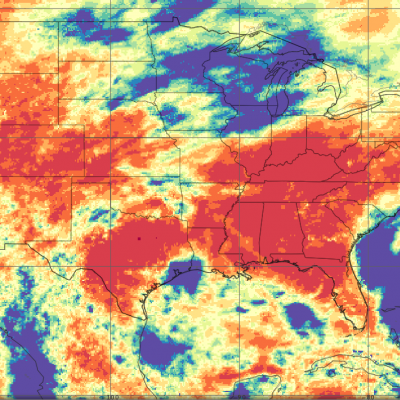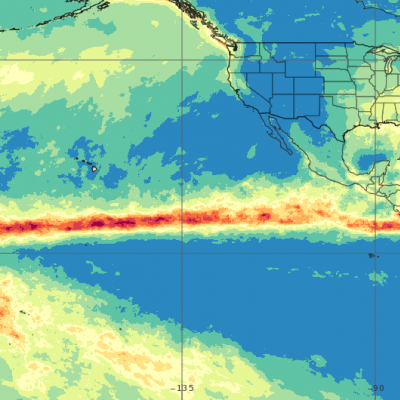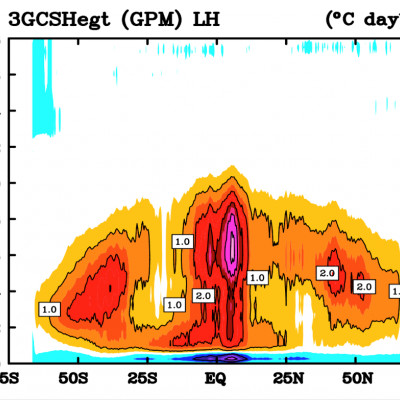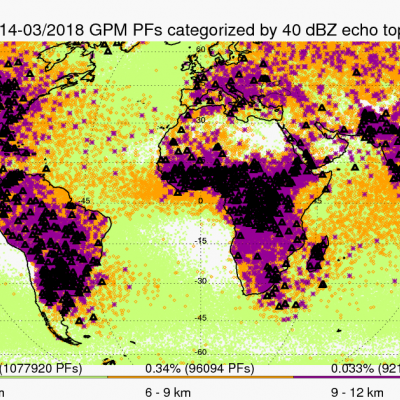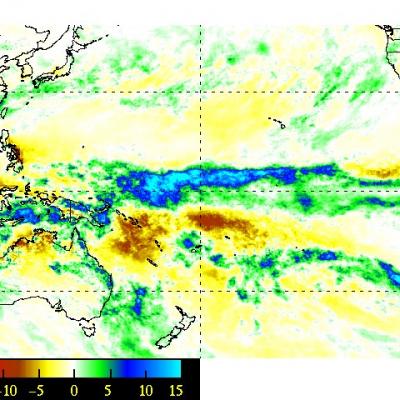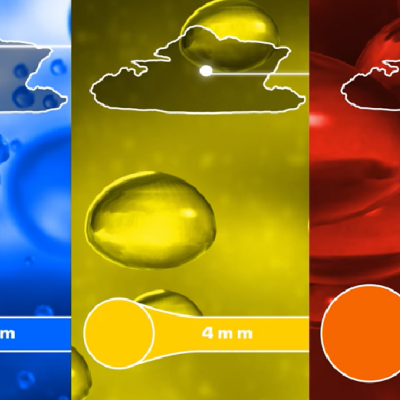
Science
Water is fundamental to life on Earth, affecting the behavior of the weather, climate, energy and ecological systems as water moves through the Earth’s water cycle as vapor, liquid and ice. Precipitation, a key component of the water cycle, is difficult to measure since rain and snow vary greatly in both space and time.
Obtaining reliable ground-based measurements of rain and snow often presents a formidable challenge due to large gaps between reliable instruments over land and, particularly, over the oceans. From the vantage point of space, satellites provide more frequent and accurate observations and measurements of rain and snow around the globe. This allows key insights into when, where and how much it rains or snows globally, supplying vital information to unravel the complex roles water plays in Earth systems.
In order to gain further insights into the relationships between the components of the Earth’s water cycle, we need to know not only how much rain falls at the surface but also the distribution of rain, snow, and other forms of precipitation within the atmosphere above the surface. This allows us to characterize precipitation processes that are vital to understanding the links and the transfer of energy (heat) between the Earth’s surface and atmosphere.
NASA’s Global Precipitation Measurement Mission (GPM) provide advanced information on rain and snow characteristics and detailed three-dimensional knowledge of precipitation structure within the atmosphere, which help scientists study and understand Earth's water cycle, weather and climate.



